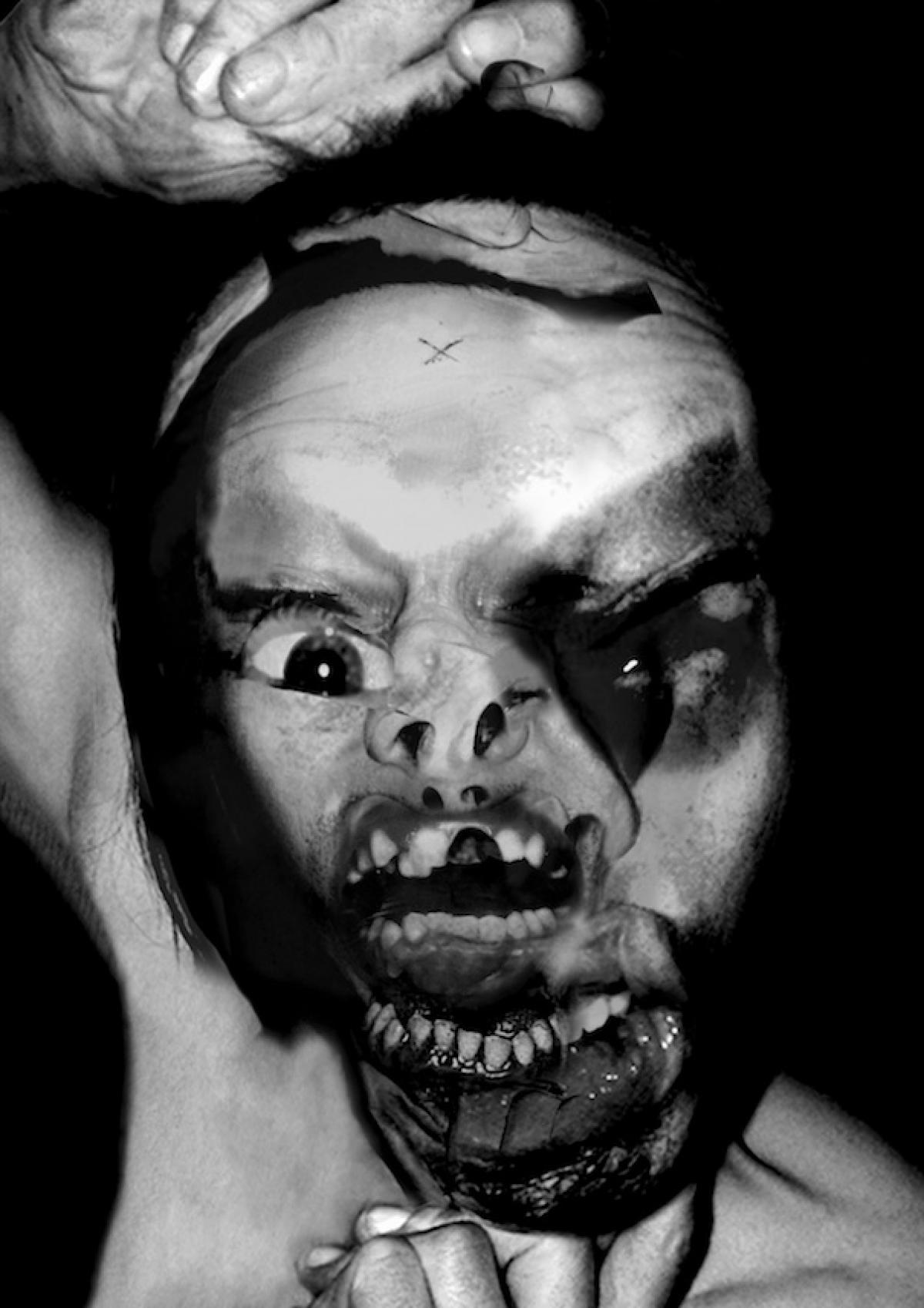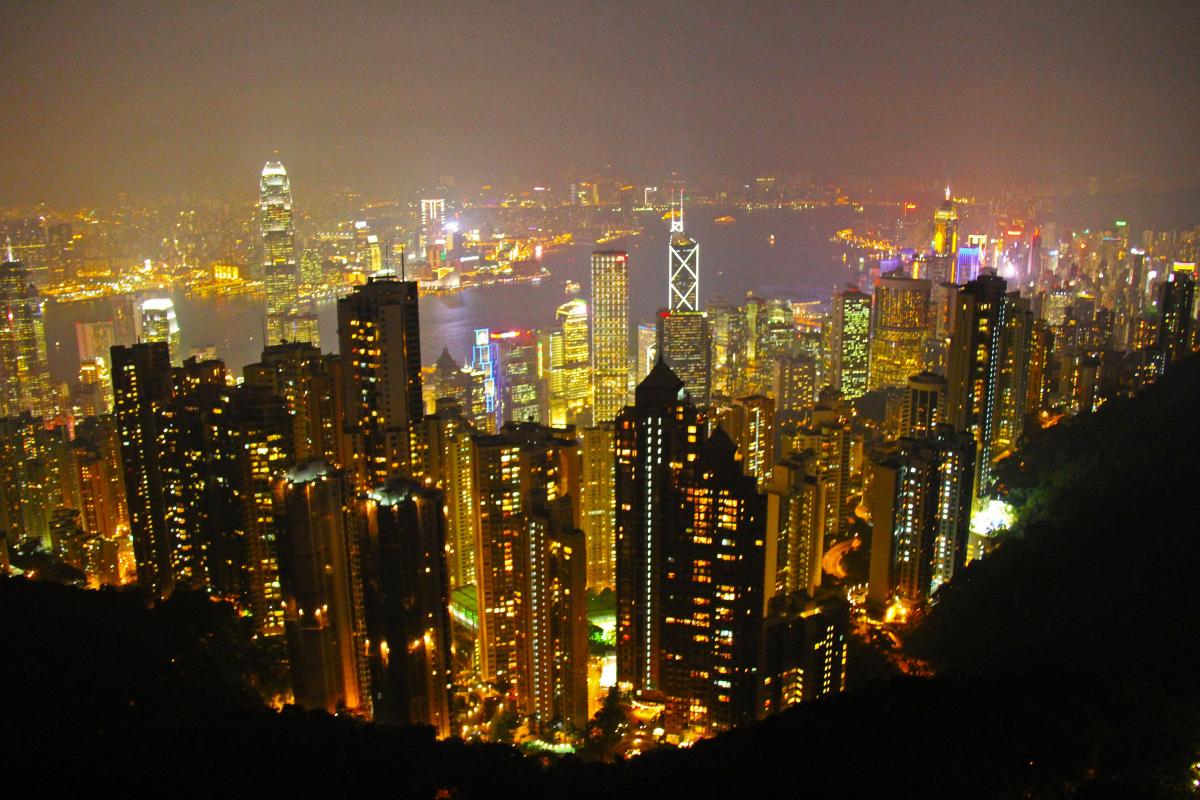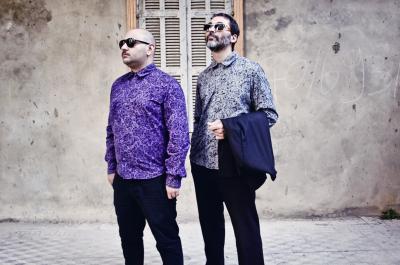The same seems to be the case for pop music. Yassin and an increasing number of subcultural musicians fall for the sha’bi street pop of Hakim, the crazy renderings of Sha‘ban ‘Abd al-Rahim, or the virtuosic keyboard versions by Islam Chipsy. They tend to ignore the clean pan-Arabic pop sound that is perfectly produced, financed and promoted by Saudi-Arabian satellite TV empires. They prefer Arabic pop of the 1980s that was «produced quickly and comparatively inexpensively through studio overdubbing and extensive cutting-and-pasting,» as Michael Frishkopf writes in his edited volume Music and Media in the Arab World (2010). The pop sound of that period integrates both the instruments, rhythms and sounds of 1970s psychedelic rock; and the oriental sound of belly dance music of the 1950s and 1960s. «The nightclub sound was a musical hybrid generated by the creative invention and innovation of second-generation and post-World War immigrants who were inspired by modernization and Orientalism», writes scholar Anne Rasmussen in her article «An Evening in the Orient – The Middle Eastern Nightclub in America» (1992). According to her, this music of the nightclub violated «every boundary of authenticity».

The Abyss of Chaos and Nature
Is noise music a rebellion against liberalism, propaganda and conformism? Is it warfare against overfed, ignorant and cold societies? We asked noise artist Rudolf Eb.er what noise music is about. Here he guides us through names, artistic concepts, and subgenres. From the Norient book Seismographic Sounds (see and order here).
noise music is widely described as a category of music using noise in a musical context. with this description, the rules are set. we can relax. to make sure that no uncertainty will ever arise again, ripping holes into our belief-system and dragging us into the abyss of chaos and nature, we write down the history of noise music. locating its roots at the sociocultural changes that occurred during the industrial revolution, we mention the 1913 manifesto l’arte dei rumori written by the futurist luigi russolo. to make sure nobody asks if it isn’t music that roots in the functional use of noise, as in ecstatic rituals or tribal warfare, we quickly add some words about russolo’s noise-generating devices and hurry on to the dadaist movement with their anti-symphony. we try not to single out the word surrealism. that would cause us to mention antonin artaud’s theatre of cruelty and to go on to the actionists and hermann nitsch’s monstrous noise orchestras, dragging us into the abyss of chaos and nature. instead we go forward. avant garde! anton webern! arnold schoenberg! morton feldman! this is where music matures. krzysztof penderecki, györgy ligeti, luigi nono! contemporary classic, making us feel the abyss of chaos and nature. elektronische musik and musique concrète. edgard varèse, pierre schaeffer, karlheinz stockhausen! john cage’s silent piece «4’33”».
«noise is always happening that makes musical sound». now we lost it again. we must stick to the plan and divide the term noise music into genres and sub-genres until everything has its place – until we can be sure we never have to listen sounds free of any preconceptions! but cage won’t let us go that easy. fluxus plucks and taps, scratches and rubs and drops objects onto our filing-cabinet-mind. the jazz players next door don’t hold back the canon of noise. sun ra, roscoe mitchell, amm! and william s. burroughs is cutting up all our good efforts and glues them the wrong way back together.
halfway through this text and we haven’t come up with any useful key to specify noise music. it’s the later 1970s and asking some skinny, freaky-eyed kids, they’ll point to a band called throbbing gristle. monte cazazza labeled those sickening, atonal but often repetitive sounds by genesis p-orridge and consorts as industrial. from here our genre-detector is picking up. harsh noise and power electronics for example. harsh noise is often produced with distorted electronics and the excessive use of effect pedals, handled by someone suffering the furious symptoms of rabies. power electronics as we know it from the band whitehouse, consists of rather static waves of feedback, pulses from analogue synthesizers and a guy screaming sadistic obscenities or other hateful lyrics. another branch of power electronics with crude sounds, fanatical vocals and hysteric, masochistic stage behaviour is orchestrated by martin bladh’s irm or mike dando’s con-dom. with his war against society project, dando tests social tensions, political control and human conditioning through provocative performances. propaganda, war and violence are the topics of many sonifications in this field, presented in undiluted, pure brutality.
when the sounds lower down and the screams turn into grunts, we speak of death industrial and flirt with doom and black metal. occultist tendencies are also very present in what is called dark ambient. when there is not much left but soundwaves vibrating our guts, it may be filed under drone. if we hear only the amplified noise of a hole-puncher punching holes, we may be listening to the conceptual noise project the haters. a central aspect of their work is that the sounds they produce are pure physical processes such as grinding, crashing and other forms of destruction. the nihilistic agenda of this non-music or anti-music, from where punk looks like an effort to bring law and order back into music, is shared by such groups as the new blockaders. experiencing the conceptual works of achim wollscheid, the psychotic collages of étant donnés or the obscure sonic rituals of the schimpfluch outsiders, yields the realization that genre is obsolete and we’d better move on from classification to an open mind. time to dive into the abyss of chaos and nature.
The text was published first in the second Norient book Seismographic Sounds.
Biography
Shop

Published on March 23, 2018
Last updated on June 27, 2023
Topics
From Muslim taqwacore to how the rave scene in Athens counters the financial crisis.
How does Syrian death metal sound in the midst of the civil war? Where is the border between political aesthetization and inappropriate exploitation of death?




